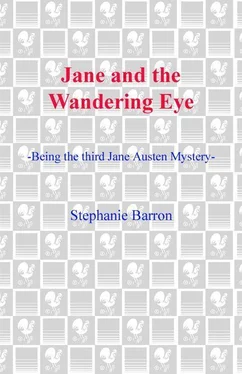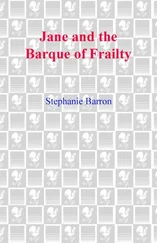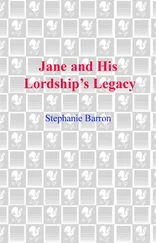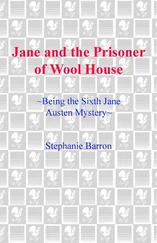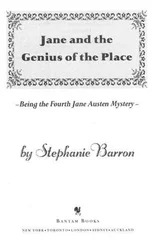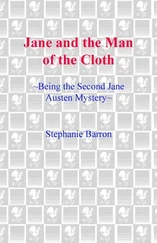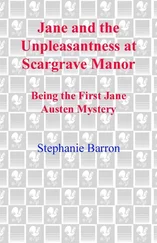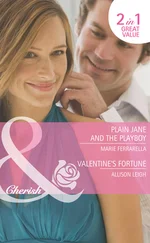James Leigh-Perrot was Mrs. Austen’s brother. He added the surname Perrot to Leigh in order to inherit the Perrot fortune. Although his principal seat was Scarlets, an estate of his wife’s in Berkshire, he spent half of every year in Paragon Buildings, Bath, for his health. — Editor’s note.
Jane refers here to the most celebrated dandy of this period, George Bryan “Beau” Brummell (1778–1840), who set the trend in male dress. — Editor’s note.
According to historian Roy Porter, both Maria and Richard Cosway indulged in the vogue for hypnotism, and subscribed to the lectures of John B. de Mainauduc, a pupil of the French Dr. Mesmer (1734–1815), who founded “animal magnetism.” — Editors note.
Napoleon’s wholesale confiscation of great works of art throughout Europe, and their assemblage in Paris, had occasioned Maria Cosway’s project of recording for posterity every item in the newly opened Louvre. She embarked on the effort in late 1801. A proficient artist in her own right, Mrs. Cosway was at this time estranged from her husband. She did not return to England until 1817, when Cosway was in his dotage. — Editor’s note.
While in Paris in the 1790s, Maria Cosway enchanted no less a personage than Thomas Jefferson, who is thought to have fallen (platonically) in love with her. The two corresponded for years after both had returned to their respective countries. — Editor’s note.
The Prince of Wales illegally married the Catholic and twice-widowed Maria Fitzherbert in 1786. Ten years later he married his cousin, Caroline of Brunswick, who became the Princess of Wales. The Waleses were notoriously incompatible, and Mrs. Fitzherbert remained the Prince’s favorite. — Editor’s note.
Carlton House was the Prince of Wales’s London residence. It now forms part of the British Museum. — Editor’s note.
Astley’s Amphitheatre, which Jane visited on several occasions in the company of her brother Edward and his children, was a London riding arena that specialized in mounted shows, rather like a circus. — Editor’s note.
George Engleheart (1750–1829) made a virtual profession of eye portrait painting, and broadened the fashion from the nobility of England down to the gentry and eventually, to the middle class. — Editor’s note.
This was (and remains) an exclusive men’s club. — Editor’s note.
Eliza refers to the Honourable East India Company. The private trading consortium effectively ruled India throughout the eighteenth and part of the nineteenth centuries. Her birth in India and ties to Warren Hastings, the most influential and effective governor the company had ever appointed, probably account for her knowledge of its trade. — Editor’s note.
Elizabeth Billington (1768–1818) was a celebrated soprano of Austen’s day, who usually appeared in Bath at concerts conducted by Vincenzo Rauzzini (died 1810). Despite her disclaimers, Austen attended these concerts often, as is evidenced in her letters. They were generally held on Wednesday evenings, so as not to conflict with the theater on Tuesdays and Thursdays, or the Assemblies on Mondays and Fridays. — Editor’s note.
Green Park Buildings was newly built at the time of the Austens’ lease, and known for the high water table at its foundation; Jane herself rejected lodgings here as unsuitable in 1801, when her family first removed to Bath, but the high cost of their first home at No. 4 Sydney Place forced an eventual change. — Editor’s note.
Jane’s encounter with Geoffrey Sidmouth is detailed in the second Austen journal, Jane and the Man of the Cloth. (New York: Bantam Books, 1997.) — Editor’s note.
Westgate Buildings is best known as the home of Anne Elliot’s school friend, Mrs. Smith, in Persuasion. It was by 1804 considered an unhealthy and dangerous neighborhood, fronting the River Avon; rats, pickpockets, and prostitutes frequented it, and it would be ravaged by cholera in the 1830s. — Editor’s note.
The criminal justice system of Austen’s time was somewhat cruder than our own. Defendants charged with capital crimes were presumed guilty until proven innocent. — Editor’s note.
Here Jane may be thinking of Catherine Morland, in Northanger Abbey , a clergyman’s daughter much incommoded by a suitor’s swearing; or of Mary Crawford, an admiral’s niece in Mansfield Park , whose glancing familiarity with adultery, naval sodomy, and a sailor’s tongue is designed to shock her less sophisticated country circle. — Editor’s note.
The color sapphire, in Austen’s day, referred to pale rather than dark blue. — Editor’s note.
Jane’s description of morning may confuse a modern reader. The word afternoon was not commonly in use in 1804, as the morning was considered to run from the hour of waking until the dinner hour, which might begin anywhere from four to seven o’clock. The evening began well after dinner, with tea, and ran until supper, a light repast sometimes taken as late as eleven o’clock. A morning call, then, generally occurred in what we would consider afternoon. — Editor’s note.
This ruin has been demolished since Austen’s time. — Editor’s note.
Austen may have recalled this metaphoric quality of Camden Place when she made it the temporary home of Sir Walter Elliot in Persuasion —a man whose emphasis on personal elevation ignored the fact that his fortune had a somewhat shaky foundation. — Editor’s note.
Chairmen waited for patrons in Stall Street in much the fashion that taxis presently do — in “stands,” or queues. The last Bath chairman did not retire until 1949. — Editor’s note.
The Gravel Walk bisected the Royal Crescent Grounds, a common parading lawn for the fashionable of Bath; in Persuasion , Austen sends Anne Elliot and her beloved Captain Frederick Wentworth to the Gravel Walk to converse privately. The resting booths Lord Harold describes may still be seen on Queen Place Parade — two small huts with fireplaces that served as shelter for the chairmen. — Editor’s note.
Not only mail, but passengers frequently passed between France and England despite the state of war. Letters of safe conduct allowed civilians to cross the Channel on packets that were deliberately ignored by the navies on both sides. — Editor’s note.
William-Glanvill Evelyn (1734–1813) was an old friend of the Austen family; he maintained a second home in Queen’s Parade, Bath, and was suspected of adultery. Jane liked him almost as much as his bewitching phaeton, and enjoyed joking about the damage to her reputation sustained from driving out alone with Mr. Evelyn. — Editor’s note.
Читать дальше
